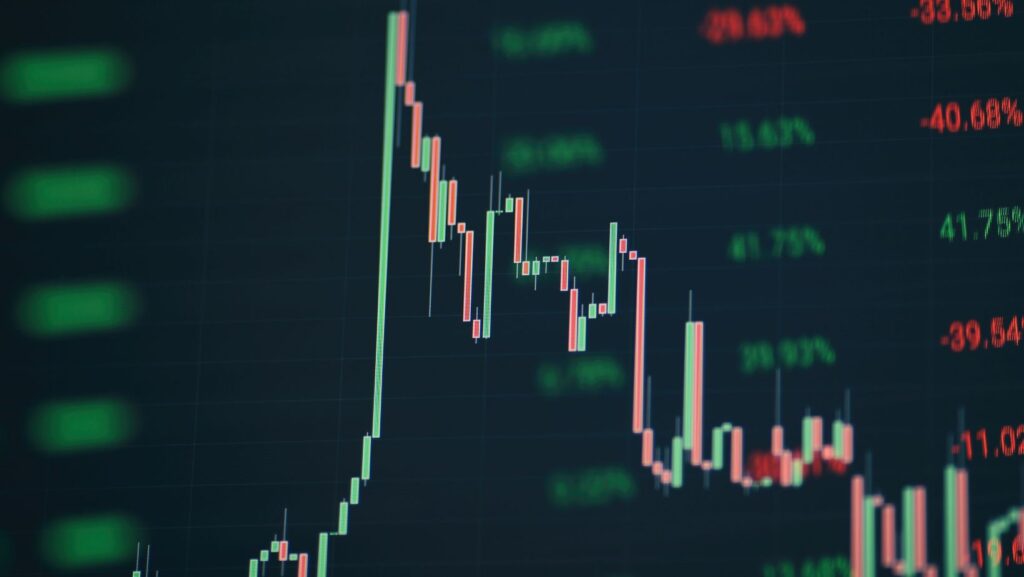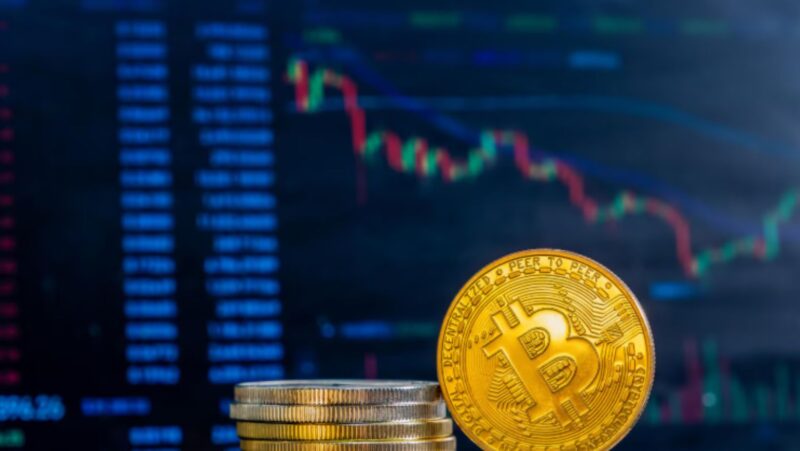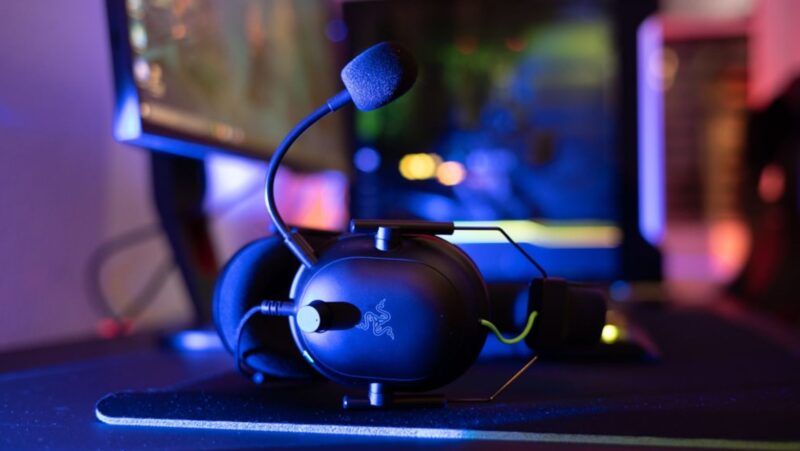
For traders, it is necessary to know the connection between futures and spot prices. The interplay between these two elements of the market can be intricate at times, especially when the future price is higher than the current spot price. This situation is referred to as Contango. What does this mean for traders and why might it happen? Let’s try to understand.
What Are Futures and Spot Prices?
But before discussing why futures may be more expensive than today’s spot markets, let’s clarify what those terms mean.
Spot Price: This is when you buy an asset for delivery immediately at its prevailing market price.
Futures Price: This is the agreed-upon cost of an asset that will be delivered in future years. A futures contract is a derivative in which traders speculate on asset value without actually owning it.
What Is Contango?
Contango refers to a situation where a market has futures prices above present spot prices. Future contracts incorporate other costs besides actual costs borne by a buyer or seller in realizing a trade to form spot prices. To take advantage of the situation, you must invest in a reliable platform. For example, Margex.
Let us now break down the causes of contango.
Storage Costs
Future prices are higher than underlying commodities due to carrying charges until the maturity date. These are major factors in storage costs associated with commodities like oil, gas, and agricultural products.
When trading futures of crude oil, the prices always have an inbuilt premium for storing it until the expiry of the contract. For some traders, this may mean that they end up paying more just to avoid dealing with actual oil physically. This is what makes others shy away from paying those extra monies for fear of future storage charges when future oil supply has to be delivered.
Interest Rates and Carry Costs
Futures contracts also account for the cost of carry, which includes interest rates and other financial costs associated with holding a position until the contract’s maturity.
For example, if you decided to purchase an asset today, you would have to finance that expenditure, but futures eliminate these upfront payments. Borrowing often becomes more expensive when rates climb because there is a greater expense associated with carrying positions forward.

For instance, in markets like precious metals, the physical holding costs for silver or gold combined with financing charges can result in higher-priced future deals than spot prices. Borrowers may face increasing costs over time, especially with longer-term contracts.
Market Speculation And Sentimental Market
The relationship between future prices and spot prices is influenced by how the market feels. When traders are optimistic about the future of an asset, they may raise futures prices through speculative buying. Thus, it may cause a contango where futures go higher than the spot price due to common hope for good performance with respect to the particular underlying.
As an illustration, in the cryptocurrency market, traders might anticipate that Bitcoin will appreciate over the next few months, causing higher future prices than the current spot price. Even without immediate changes in supply and demand, speculative sentiment can create a significant gap between futures and spot prices.
Contango is said to happen when the futures are higher than the spot. This phenomenon is affected by factors such as costs of storage, interest rates, expectations of future demand and supply, market sentiment as well as convenience yield.
Traders need to understand this term for effective decision-making processes within their business cycles with reference to futures markets. On one hand, Contango presents difficulties but on the other hand, it informs us about what we should expect from future markets, hence strategic trading could be done on it.



